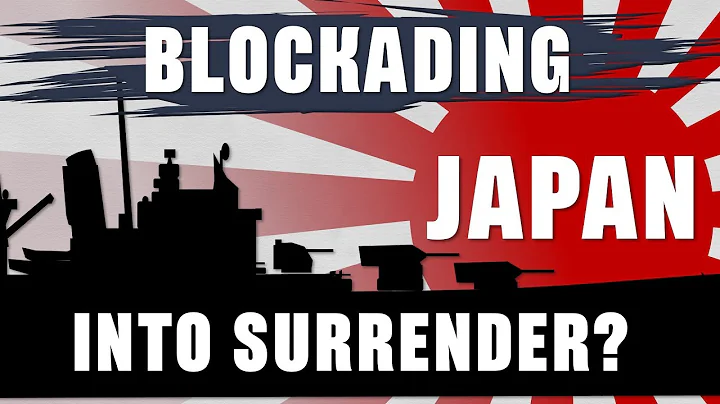During the Cold War, Japan had always been a strategic bridgehead deployed by the United States in Asia to monitor the Soviet Union. Theoretically speaking, after the disintegration of and of the Soviet Union, Japan, the little brother, should face the fate of being a rabbit or a dog. However, since the 1990s, the United States has gradually turned a blind eye to the loosening of Japan's armed forces. The Japan Maritime Self-Defense Force also developed the Osumi-class landing ship in the 1990s. This was the first large warship of the Japan Maritime Self-Defense Force after the war with a fully-passenger flight deck. Since then, the Japan Maritime Self-Defense Force has gradually acquired a true aircraft carrier in the name of developing the so-called helicopter destroyer and frigate .

("Kaga")
When the Japan Maritime Self-Defense Force developed the Cloud-class helicopter carrier, it called it a so-called helicopter frigate. But now the Japanese don't even act, and are going to modify it into a serious aircraft carrier . A total of two Izumo-class helicopter frigates have been built, namely Izumo and Kaga. The first phase of the modification work of the Izumo helicopter carrier has already been completed, and the American F35B carrier-based fighter jet is even on it. The takeoff and landing test was completed.

(Schematic diagram of the modification of the "Kaga")
The second ship Kaga has entered the dock for repair and upgrade as early as March this year. It is currently undergoing aircraft carrier modification work. Next, the Kaga will be replaced with a brand new ship. First, extend the length of the runway and further increase the area of the flight deck. The purpose is to meet the take-off and landing work of the F35B stealth fighter. This aircraft carrier will be Japan's first real aircraft carrier after the war (more completely modified than the Izumo).

(The new bow of the "Kaga" has arrived at the shipyard)
After the modification is completed, this helicopter frigate will transform into a light aircraft carrier , which is equipped with relatively complete command facilities and satellite data transmission and chain of command compatible with the U.S. military. Theoretically, after the modification is completed, the Kaga aircraft carrier can carry 12 F35B fighter aircraft , eight anti-submarine helicopters and eight Osprey tilt-rotor aircraft. The vertical landing points on the flight deck have been increased from five to six in the past, and the combat effectiveness has been greatly improved.

(The new bow of the "Kaga" is being cut and installed)
So, how significant is the modification of this aircraft carrier to Japan? In fact, its greatest significance does not lie in the military, but in stimulating Japan's own shipbuilding industry and trying to restore part of its production capacity by combining the Self-Defense Forces and civilian ships. This move is to lay the foundation for the possible expansion of the scale of the Self-Defense Force in the future. According to the Japanese's consistent pursuit of orderliness in executing long-term plans, the Japan Maritime Self-Defense Force has become a truly threatening military force in the Asia-Pacific region. , perhaps until ten years later.

( "Izumo" during the original modification and upgrade process)
The Japanese Maritime Self-Defense Force has an inherent advantage, that is, they can directly use the most advanced technology of the Americans without much pressure. You must know that the use of F35B fighter jets in the U.S. naval aviation force is not yet mature. In fact, considering the size of the Izumo-class aircraft carrier, the combat efficiency of a maritime vehicle that wants to be converted into an F35B carrier-based fighter may still be insufficient. There are certain problems. What should really arouse our country's attention is the next generation 40,000-ton medium-sized aircraft carrier that the Japan Maritime Self-Defense Force may be planning.

(Ma Run’s F35B is undergoing take-off and landing tests on the Izumo)
It is also worth mentioning that the data disclosed by the Izumo-class aircraft carrier is likely to be false. Its theoretical total length is 248 meters and its width is 38 meters. meters, but the standard displacement is 19,000 tons and the full load displacement is 26,000 tons. In comparison, the United States' America-class amphibious assault ship is 257 meters long, 32 meters wide, and has a full load displacement of 45,000 tons. Therefore, we might as well make a bold guess, that is, the full load displacement of the Izumo-class aircraft carrier should be around 30,000 tons, and it can even carry more than 15 F35Bs in the future.

(" Izumo " level transformation plan designed by General Atomic Company for Japan)
As the saying goes, we should pay attention to opponents tactically and despise them strategically. One fact that the Japanese cannot change in any case is that the capabilities of the Japanese Maritime Self-Defense Force are no longer a match for the Chinese Navy. The Chinese navy has been continuously developing dumplings in recent years. Its shipbuilding capabilities are beyond the reach of even the United States. The future target of the Chinese Navy is the U.S. Navy, but we must also be sufficiently vigilant about the ambitions of Japan, our close neighbor.




![[Pacific] Balance of Force & Operating Conditions in 1941 - DayDayNews](https://i.ytimg.com/vi/c1OOUuj3WTo/hq720.jpg?sqp=-oaymwEcCNAFEJQDSFXyq4qpAw4IARUAAIhCGAFwAcABBg==&rs=AOn4CLDPqxnUYzrHGbAi95cobCSDeJgfcA)
















